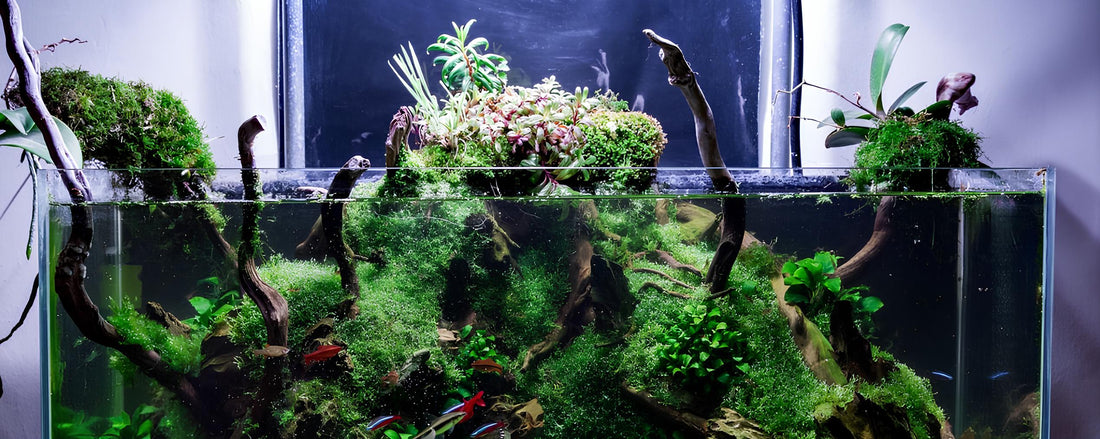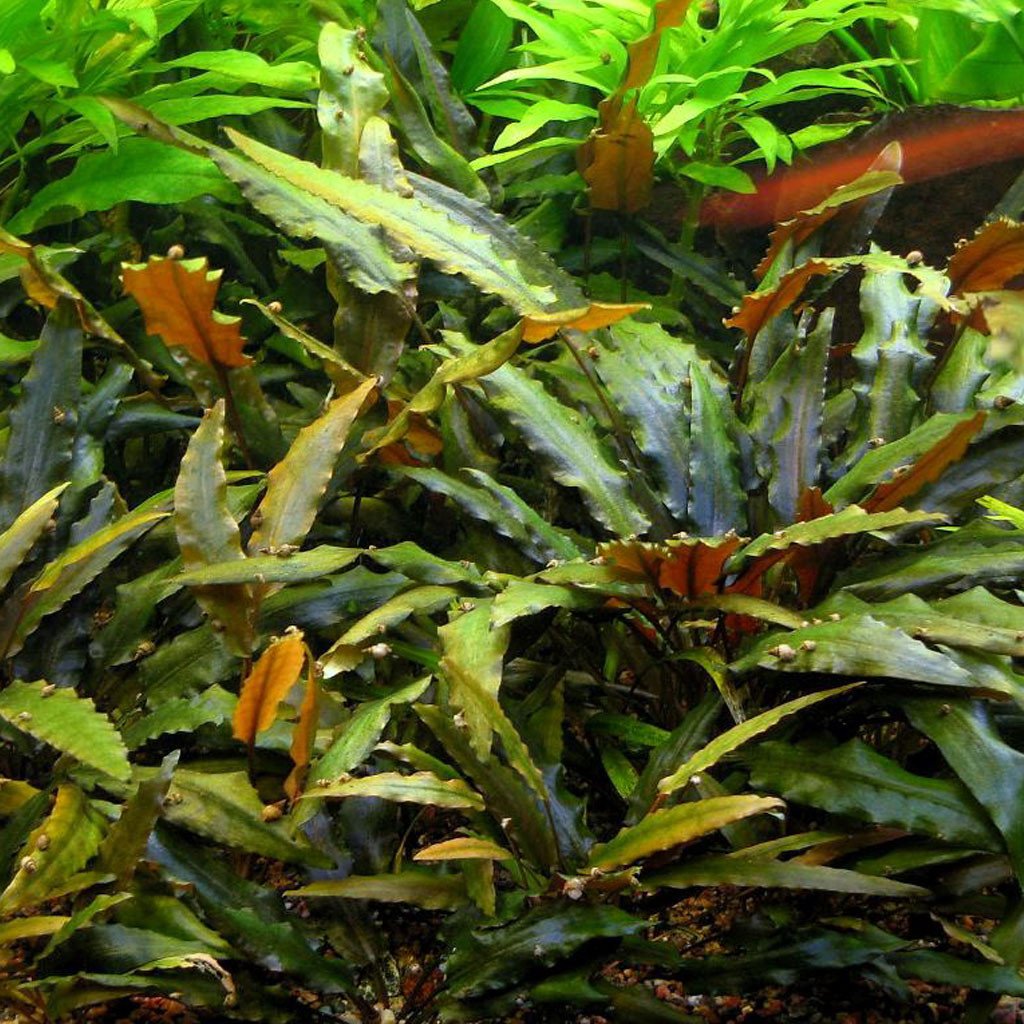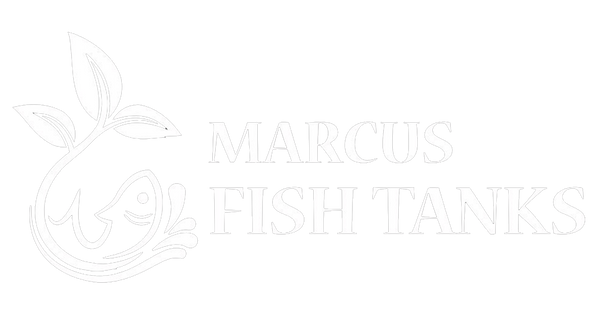
Different Types of Driftwood: Tips and Techniques

Driftwood is a fantastic way to enhance the beauty and functionality of your aquarium. It provides shelter for fish, adds a natural look, and supports beneficial bacteria.
To ensure your driftwood serves its purpose effectively, it’s essential to handle and treat it properly. Here’s a guide on various types of driftwood and how to manage them for a thriving aquatic environment.
Types of Driftwood:
Description: Malaysian driftwood is known for its complex, twisted structure and dark, rich appearance. It’s highly durable and creates excellent hiding spots for fish.
Handling and Treatment: Before adding Malaysian driftwood to your tank, soak it in water for several days to reduce its tannin content. Boiling the driftwood can help remove excess tannins and sanitize it. Ensure the driftwood is fully submerged or weighted down to prevent it from floating.
Teddy Bear Cholla Wood Driftwood Tunnel Tube
Description: Teddy Bear Cholla Wood features a unique, tubular structure with a spongy texture. It provides interesting hiding places and is especially popular for its distinctive look.
Handling and Treatment: Clean the Teddy Bear Cholla Wood thoroughly to remove any dust or debris. Soak it in water for a few days to reduce the release of tannins and help it sink. Boiling is not always necessary but can be used to further sanitize the wood.
Description: Spider wood is characterized by its intricate, branching structure that resembles spider legs. It’s an excellent choice for creating dramatic aquascapes and natural-looking setups.
Handling and Treatment: Due to its size and complexity, Spider Wood should be carefully cleaned with a soft brush. Soak it in water for a few days to reduce tannin levels and ensure it sinks properly. Boiling is recommended to remove excess tannins and to sanitize the wood.
Description: Cholla Wood sticks have a hollow, cylindrical shape and provide a unique visual element to aquariums. They’re great for smaller tanks or for adding variety to your driftwood collection.
Handling and Treatment: Clean the Cholla Wood sticks thoroughly and soak them in water to help them sink and reduce tannin release. Boiling can be used to speed up the process of leaching tannins and ensure the wood is free from contaminants.
Description: Driftwood stumps are typically larger pieces of wood that have a rugged, natural appearance. They offer excellent hiding spots and add a natural focal point to your tank.
Handling and Treatment: Scrub the Driftwood Stump to remove dirt and debris. Soak it in water for an extended period to reduce tannin levels and allow it to become waterlogged. Boiling the stump is useful for both sanitizing and reducing tannins.
Handling and Treating Driftwood
- Cleaning: Before placing driftwood in your aquarium, ensure it is thoroughly cleaned. Use a soft brush to remove any surface dirt or debris. Avoid chemical cleaners, as they can harm aquatic life.
- Soaking: Most driftwood needs to be soaked before use. Place it in a container of water and change the water regularly to help leach out tannins. This process also ensures the driftwood sinks properly in the aquarium.
- Boiling: Boiling is an effective way to sanitize driftwood and remove excess tannins. Boil the wood for 1-2 hours, then let it cool completely before adding it to your tank. This step is especially useful for Malaysian Driftwood, Spider Wood, and Driftwood Stumps.
- Placement: Once treated, position the driftwood in your aquarium to create natural hiding spots and focal points. Ensure it’s stable and won’t shift or float once submerged.
- Monitoring: After introducing driftwood to your aquarium, monitor the water conditions regularly. Check for any changes in water color or quality and perform water tests to ensure the driftwood isn’t adversely affecting the tank environment.
Interested in adding these stunning types of driftwood to your aquarium?
We have every type of driftwood mentioned in this blog.
Find them HERE and enhance your aquatic setup today!





